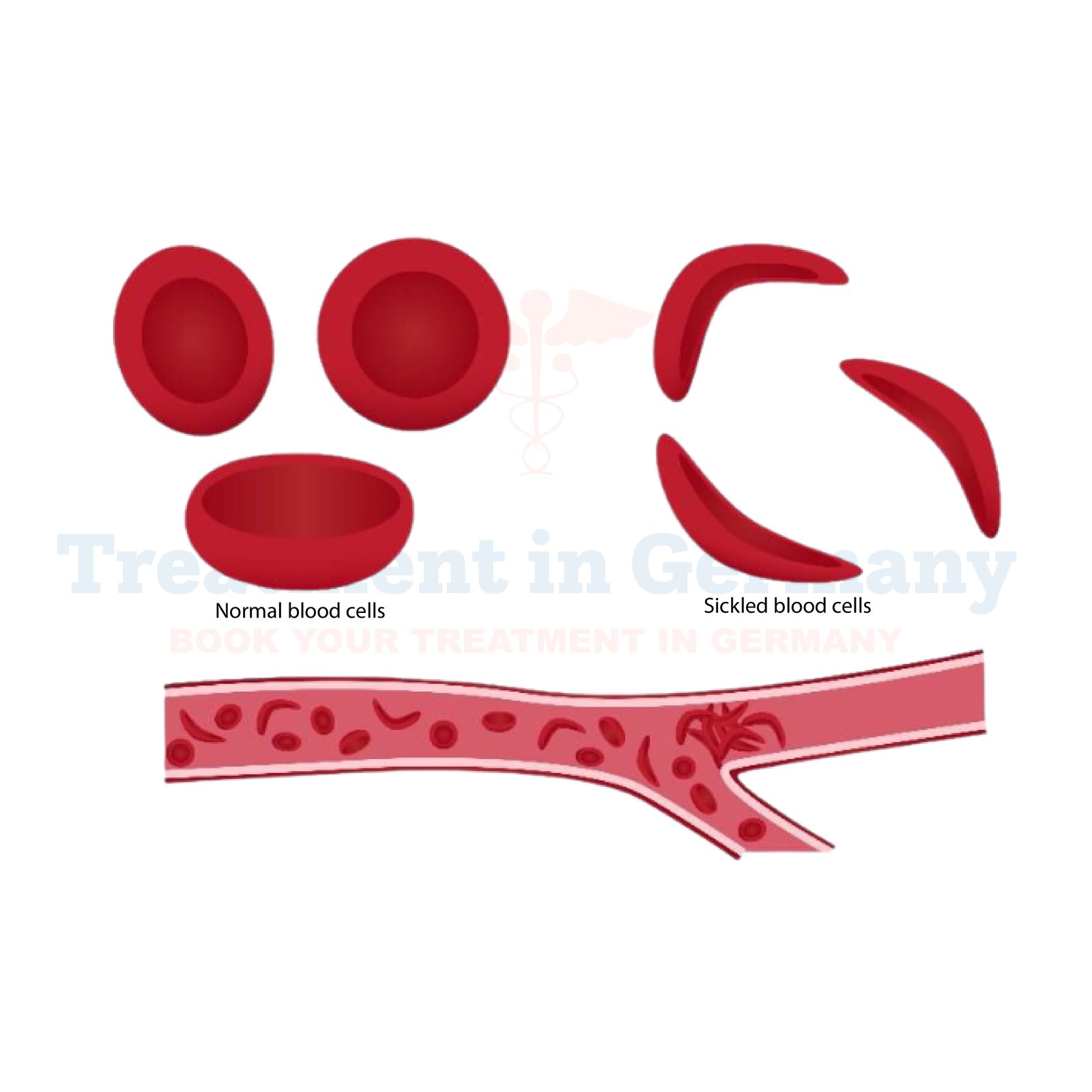What is Sickle Cell Disease:
Sickle Cell Disease (SCD) is a genetic blood disorder characterized by the presence of abnormal hemoglobin, known as hemoglobin S. This genetic mutation causes red blood cells to become rigid and take on a crescent or sickle shape instead of their normal round shape. These sickle-shaped cells can block blood flow, leading to pain, organ damage, and a range of other complications.
Side effects of Sickle Cell Disease:
The side effects of Sickle Cell Disease can vary widely from person to person, but commonly include episodes of severe pain called "crises," anemia (a shortage of red blood cells), increased risk of infections, and complications such as stroke, acute chest syndrome, and damage to organs like the spleen, kidneys, and liver.
Patients may also experience fatigue, jaundice, delayed growth, and vision problems.
How is Sickle Cell Disease diagnosed?:
Diagnosing Sickle Cell Disease typically involves a series of tests, including a physical examination, blood tests to detect the presence of abnormal hemoglobin, and genetic testing to confirm the diagnosis.
Additional tests may be conducted to assess the severity of the disease and monitor for complications.
Potential treatments of Sickle Cell Disease:
While there is currently no cure for Sickle Cell Disease, several treatment options are available to help manage symptoms, prevent complications, and improve quality of life. These may include:
👉 Contact us for further information and receive acomplimentary consultation.

.webp)
.webp)
 (1).webp)
 (1).webp)

.webp)
.webp)
 (1).webp)
 (1).webp)
